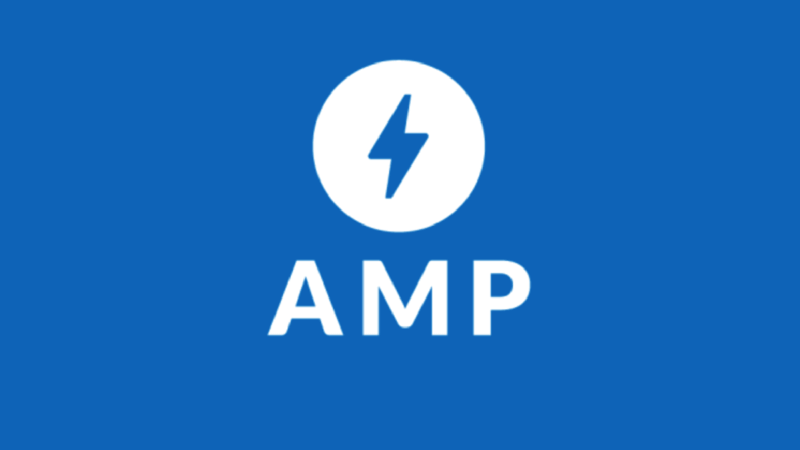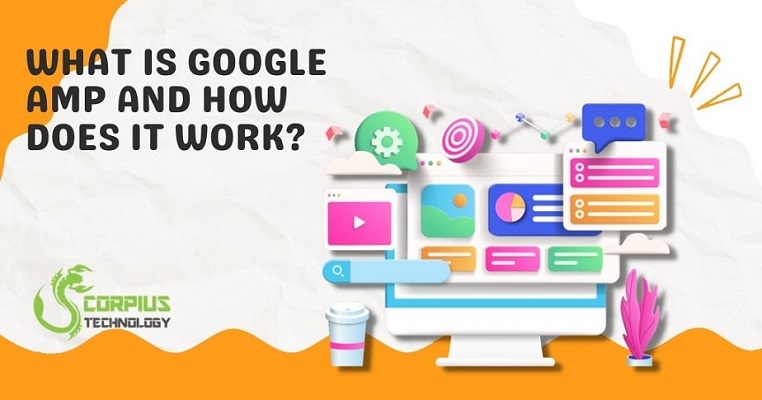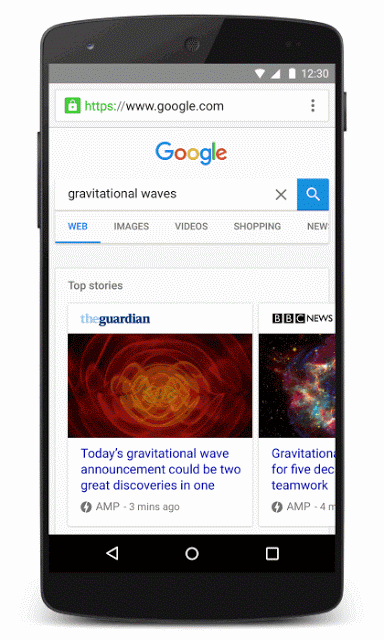Google AMP (Accelerated Mobile Pages) have you ever heard of them? Do you know how they work and why they can bring great benefits to your online business? Check out all the details in this article and, if you are interested in learning more, don’t hesitate to contact us.
If you’ve never heard of Accelerated Mobile Pages, you can fix this with this article. And it’s very important that you do it. Why? We will also explain this in the next paragraphs.
What is Google AMP?
AMP (Accelerated Mobile Pages) is the open source project set up by Google to make the website’s pages more suitable for navigation on mobile sites.
The web statistics show how mobile browsing are always on the rise and will soon surpass those from desktop devices, if the trend continues.
It therefore becomes very important that our site is adaptable to all types of devices. In these cases the term responsive is used. Today almost all sites are responsive, if you use WordPress whatever template you choose it will definitely be a Responsive template.
The Google AMP is something deeper and focuses not only on the adaptability of the site on mobile devices but above all on the speed of loading a page.
Once AMP is activated on your site every page of your domain will have a new extension when a user logs in from Smartphone: scorpiustechnology.com for example becomes scorpiustechnology.com/amp.
Simply saying that the number of users connecting to the web from mobile devices is constantly growing does not make the full extent of the phenomenon. The reality is that mobile technology has profoundly changed people’s behavior: today, the vast majority of us have at least one Smartphone and we take it wherever we go and at any time. That’s why; AMP (Accelerated Mobile Pages) becomes even more important.
The present and future of the internet is in our hands or pockets. More and more the Smartphone is used to access the internet, and even to make purchases. Hence, that is why the Google AMP was introduced, with the aim of improving the loading speed of a web page.
Changes brought by the AMP
To improve the user experience when browsing from their mobile device, at the end of 2015 the AMP project: Accelerated Mobile Pages was presented. This open source technology driven by Google aims to reduce the loading times of a website when accessed from a mobile phone.
The AMP standard or version is not only designed for the user. It also seeks to help web developers by contributing to the creation of almost instantaneous loading websites. In this way, the task of optimizing a page becomes a much simpler task. To streamline this process, the AMP standard is based on three elements:
- AMP HTML, which is nothing more than normal HTML. Although with certain restrictions that make it compile much more content than basic HTML. In this way the web offers better performance.
- AMP JS, a JavaScript library that allows the appearance of images at the moment. This is thanks to the improvements made possible by the AMP HTML.
- Google AMP, cache of AMP HTML pages that allow faster access to the web.
In this way, the superfluous content is eliminated by reducing the elements to only text and image. The AMP standard is very useful for some websites, especially if they generate a lot of content, but not in the case of online stores.
Take care of the user
The commitment to the AMP standard is, together with the increase in web security, another of Google’s moves to improve the user experience. Recommendations made by the search engine that, if followed, will have a direct effect on SEO positioning.
For some time now, the search engine has been prioritizing in the search results those websites that have a responsive design. And the same goes for web pages with Google AMP. When it comes to showing results, AMP websites appear among the top positions. You can identify the AMP websites by having the lightning icon. Therefore, the fact that our website is compatible with AMP will benefit our SEO but only in mobile searches. Those searches made from a computer will remain the same.
If your website is developed in WordPress, you can make it compatible with the AMP standard by installing a plugin. Thus, the number of elements that make up your website will be reduced and, in this way, loading time will not be a penalizable factor when it comes to SEO positioning.







